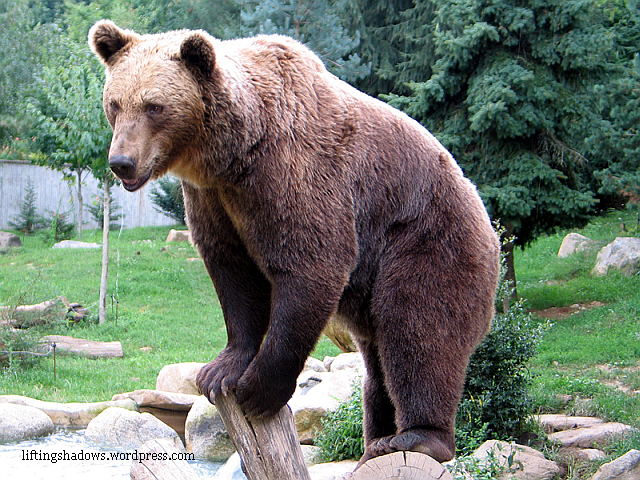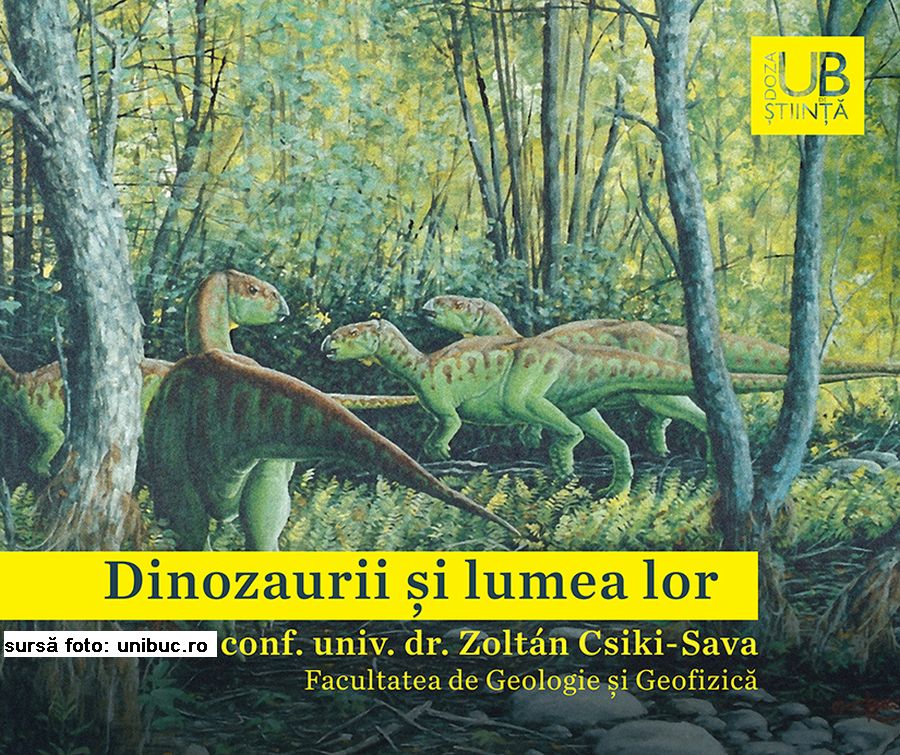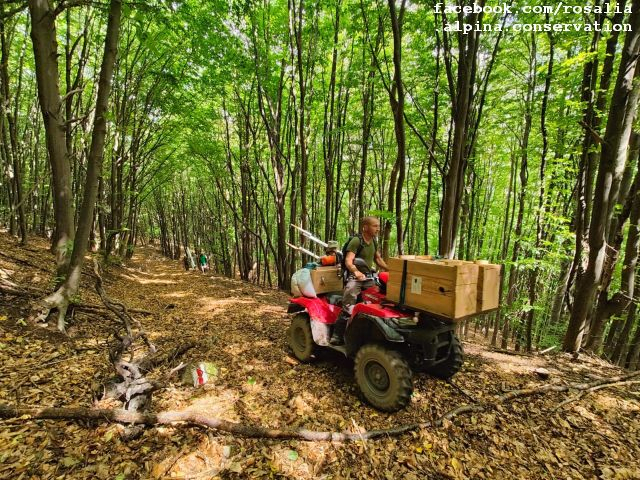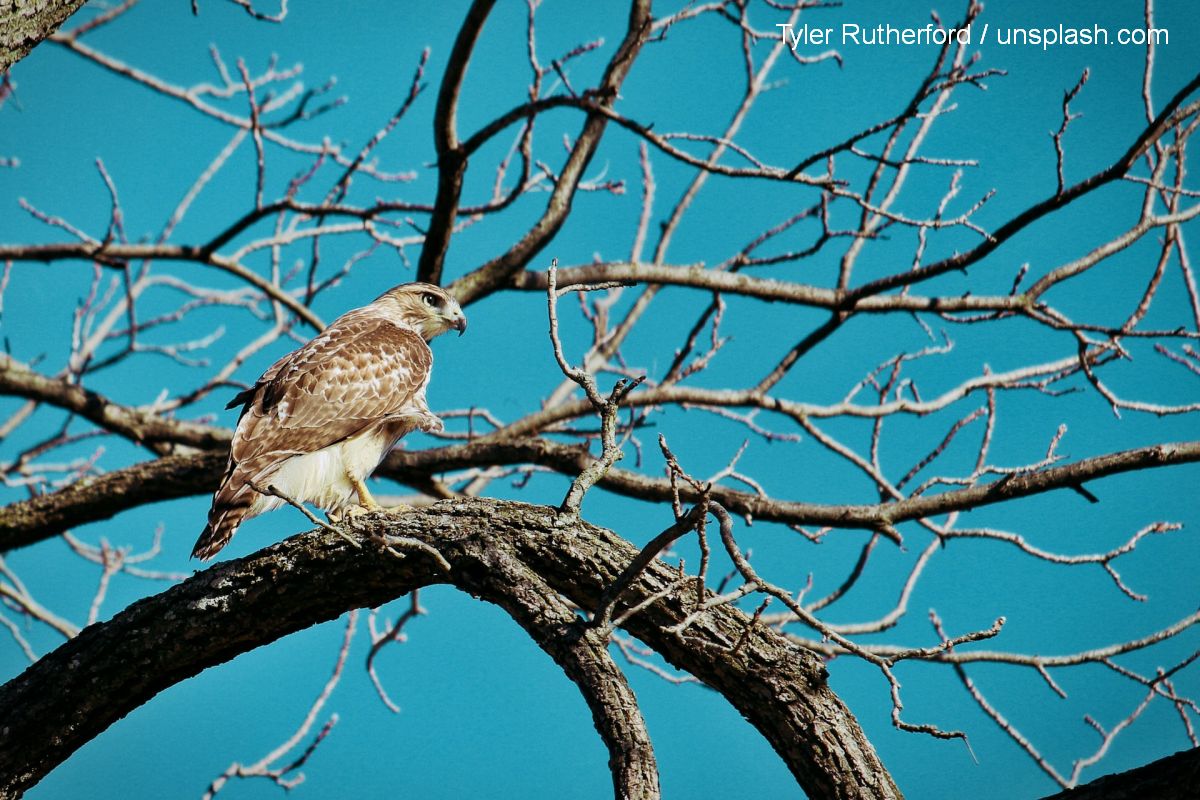Carpathian Bears
Approximately half of the total number of big carnivores in Europe can be found in Romania's forests

România Internațional, 24.11.2017, 13:00
Approximately half of the total number of
big carnivores in Europe can be found in Romania’s forests. The biggest of
them, also dubbed ‘the king of the European forest’ is the brown bear, a
species that is protected in the European Union, as it is on the red list of
endangered species. In many European countries, these bears have actually
disappeared from their natural habitats, destroyed by human intervention. In
Romania there are several viable populations of bear, which are however very
difficult to manage. For years now, people have been reporting cases of bears
who come down to the inhabited areas, causing serious damage. Many people have
been hurt and dozens of domestic animals have been killed. Also, the bears have
destroyed crops and damaged sheepfolds and apiaries. Local authorities in the
mountain areas are overwhelmed by the situation and have called on the Ministry
of the Environment to find a solution.
Cristian Pap, the regional coordinator
of protected areas with WWF Romania has told us why the situation is as it is
today:
We’re
in this situation as the result of an aggregation of factors, including the
fragmentation of bears’ habitats. Forests have been massively cut, everywhere
in the country. Then, natural food supplies have diminished, which means that
the bears, just like other big carnivores, can no longer find prey in the
forest. Forest fruits are also scarce,
because people pick them all up. On the other hand, bears are attracted to the
inhabited areas by the waste that is not properly stored or disposed of, and
also by orchards. And, we can also talk about the change in their behavior due
to the way in which hunting is managed in Romania. There are hunters who feed
the bears in order to prepare them for their hunting parties.
This summer, out
of the 18 hunting associations existing in Harghita county, in central Romania,
12 have submitted applications to
harvest 73 bears and 12 wolves. An approval was issued for only 6 bears,
although, since the beginning of the year, more than 340 cases of destruction
caused by wild animals have been reported in this county alone, of which 80
caused by bears. This fall, the Ministry of the Environment has approved an
order for the catching of at most 140 dangerous animals, all over the country,
but hunting associations representatives say it’s not enough. For instance, in
Covasna county, the habitat can accommodate 700 bears, but in reality their
number is double. While local authorities call for harvesting approvals, the
green associations suggest non-lethal solutions, in order to protect the
species. They do not agree with a waiver that would allow shooting bears as a
means of conflict prevention, anticipating a hidden way of trophy hunting.
Here
is the green activist Gabriel Paun:
Trophy
hunting is the main cause of today’s hysteria, which is an artificial problem
from our point of view and which actually generated the problem that we are
faced with today. If we look at Romania’s history, up to the 80s and 90s,
people simply cohabited with wild animals. When the trophy industry started
developing and growing roots, it started turning into a problem, which
eventually degenerated into hysteria. This industry has developed alongside
certain services, which actually meant the setting up of observation points to
find and shoot the bears living close to the local communities. Most of them
are in Covasna and Harghita, where there are also the largest bear populations.
Also, it is there that the biggest problems appear, because the bears were
taken out of the woods, and since they are not fed at those observation points
anymore, problems occur on a regular basis.
Green activists
believe that the brown bear needs large habitats to travel around without interacting
with humans, using central passing corridors. WWF is already running a number
of projects and campaigns aimed at protecting the natural environment and the
brown bears in the Carpathians, as Cristian Pap told us:
In 2012-2014 we had a project in Maramures,
called ‘Open borders for the bears in the Romanian and Ukrainian Carpathians’,
bringing solutions for the preservation of biodiversity, especially that of
large carnivores, by maintaining ecological connectivity in the Carpathians and
reducing the risk of habitat fragmentation. We have also identified the needs
for an ecological reconstruction of these corridors, while at the same time
maintaining a sustainable use of natural resources. All our preservation
activities go hand in hand with this sustainable development component. We’ve
also run many other projects, including in the south-western Carpathians, where
we tried to identify the critical areas for the bears’ habitat, the wild areas.
We are currently running a project called ‘Transgreen’, an international
project that provides solutions for the building of a transport infrastructure
with a minimum impact on the environment. Together with the authorities we come
up with concrete solutions, which combine infrastructure development with
ecological connectivity. So, we are talking about a green infrastructure that
is essential for both people and animals. Also, we are now running a project
called ‘EU Large Carnivores’, a Life project by means of which we are trying to
reduce the area in which conflicts may occur between people and wild animals.
This ecological connectivity is important because, due to its absence in
certain areas, we can actually witness conflicts between bears and humans.
Because there are no ecological corridors they can use in order to get from one
area to another, bears can reach human settlements and cause incidents.
The solutions
proposed by environmental organizations include electric fences, the setting up
of an emergency center for wild animals and a better waste management system in
the localities situated at the foot of the mountain. Some people have suggested
bears should be relocated, but the risk of them returning to the place where
they were captured remains. In the meantime, the Ministry of the Environment
has been working on a plan to manage the bear population and has promised to
submit it for public debate in January at the latest. Also, a census is being
considered, to establish exactly how many bears are there in the Carpathians. (Translated by Mihaela Ignatescu)






























